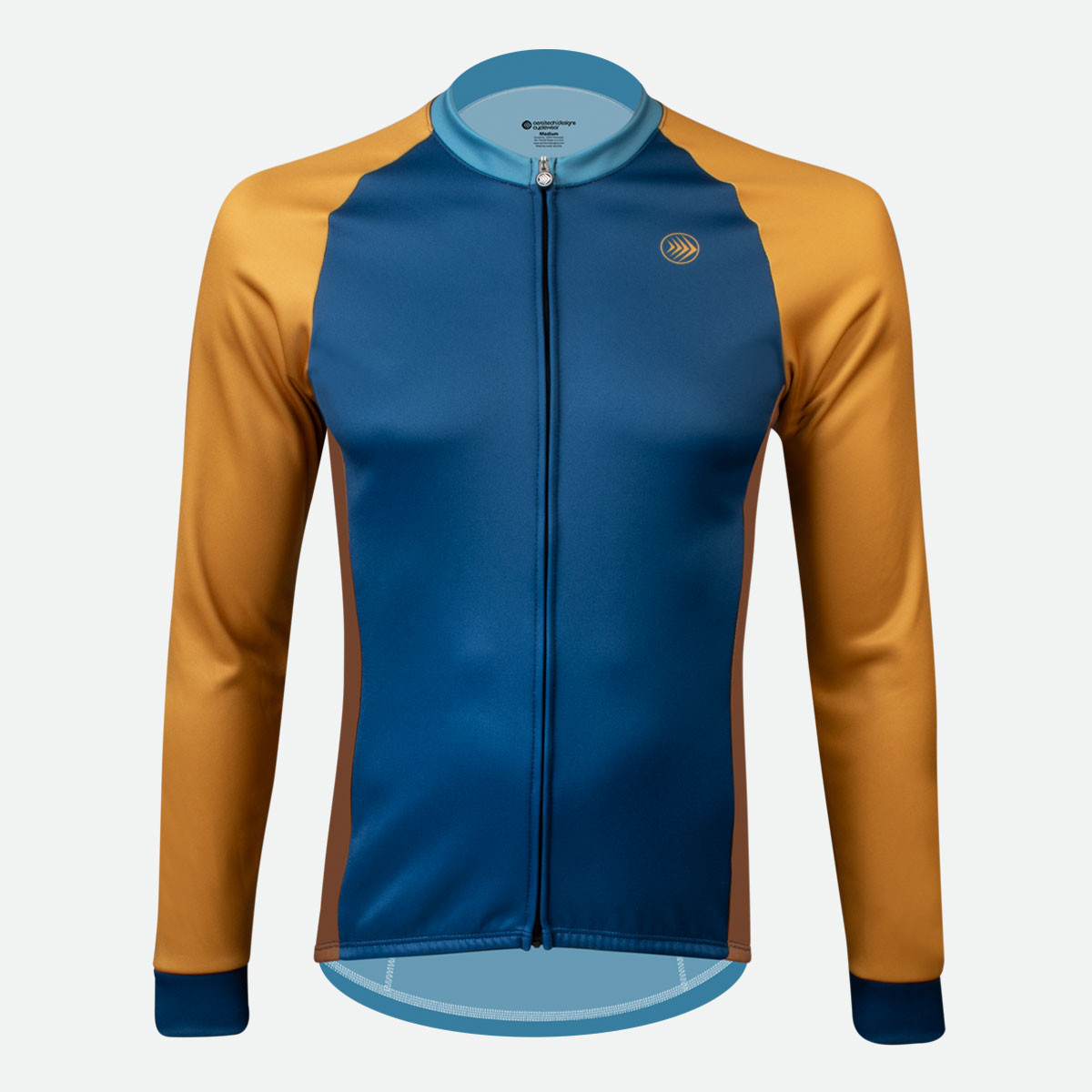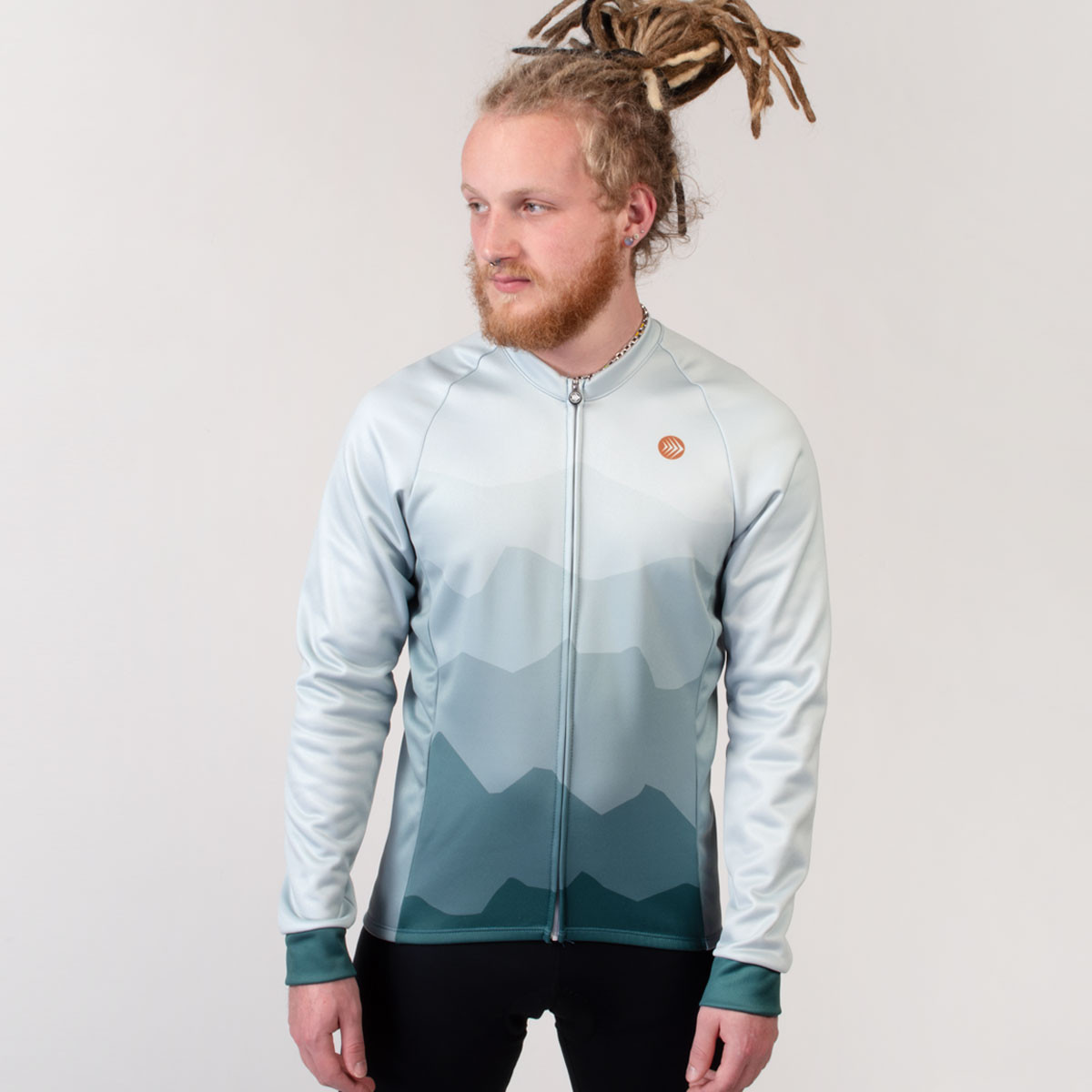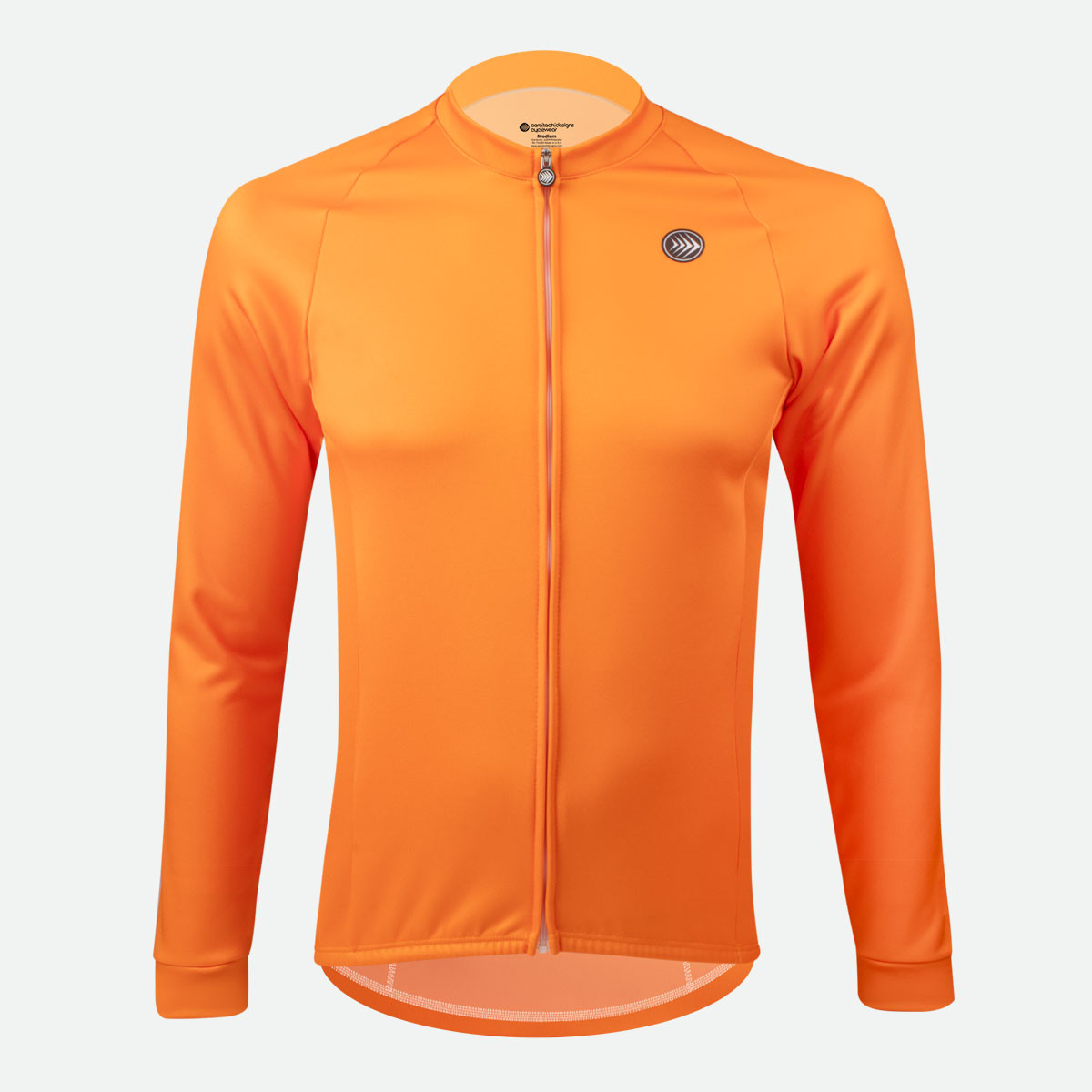COLD WEATHER APPAREL

From thermal jackets and wind-blocking vests to insulated tights, leg warmers, and arm warmers, every piece is engineered to keep you warm without sacrificing performance. Designed for layering, mobility, and moisture control, our winter gear helps you ride longer and stay comfortable in unpredictable conditions. Whether you're braving frosty mornings or pushing through windy descents, you'll find technical fabrics, reflective details, and weather-ready features built for the season. Available in a wide range of sizes and styles for every rider.








































